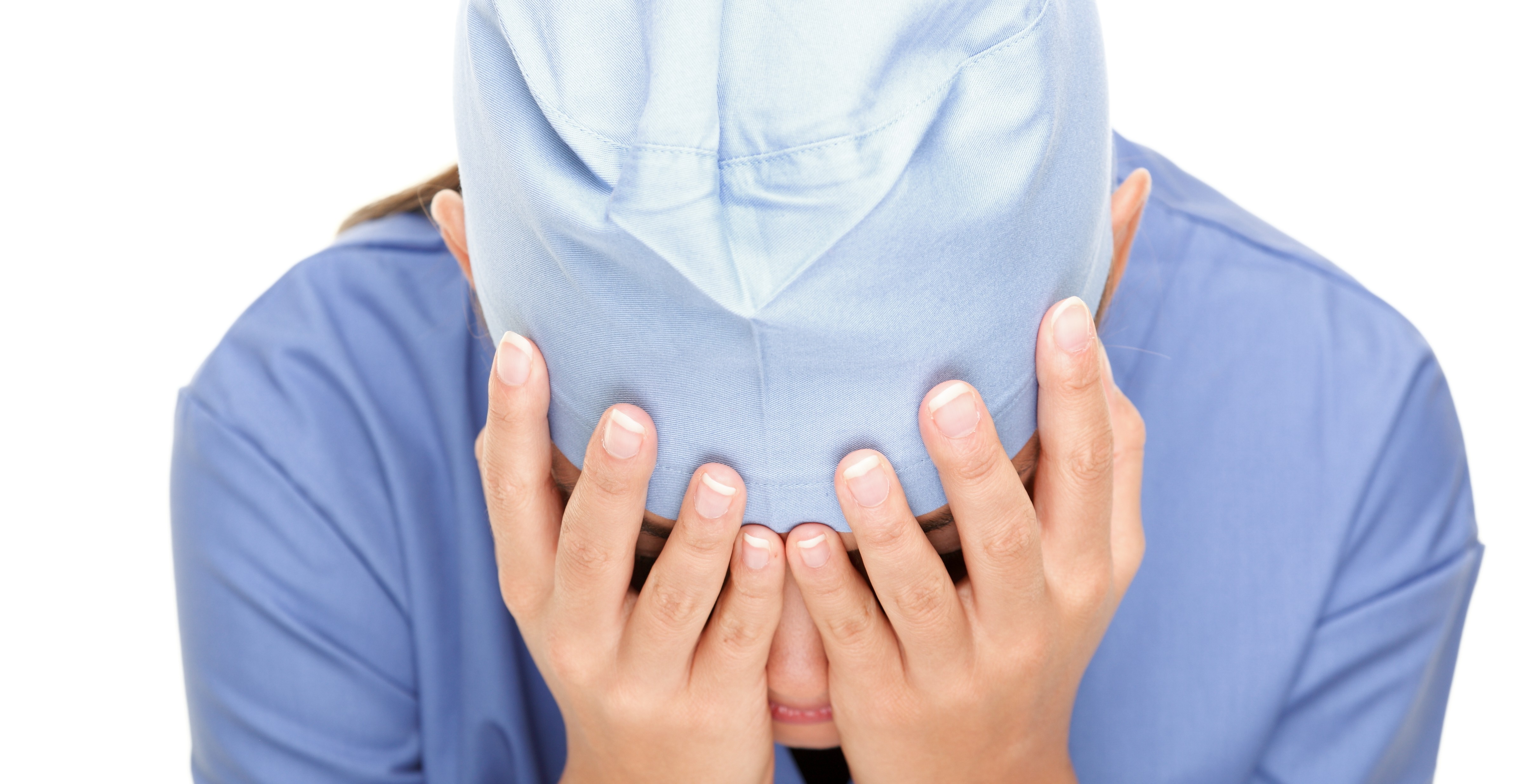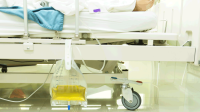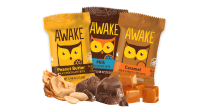Since its official launch in November 2013, more than 3,200 registered nurses (RNs) and RN students have participated in ANA’s HealthyNurse™ Health Risk Appraisal (HRA). This HIPAA-compliant, groundbreaking survey examines the unique health, safety, and wellness risks that RNs encounter in their daily personal and professional lives. Participants receive their results immediately and securely following the survey portion of the HRA in a color-coded, heat-graph format. The graph displays the survey question, the participant’s answer, the ideal answer, the national average, and then links to resources pertaining to the question’s topic. Participants are able to identify certain health, safety, and wellness risks and help build a nurse-specific health risk aggregated database. They also are provided with valuable resources based on their results through an interactive web wellness portal.
Here are some highlights of responses to HRA questions to pique your interest. Keep in mind, the data is preliminary and only applies to the specific group of nurses and students who completed the HRA questions. It cannot be generalized to the nursing community at this time. In short, it’s a snapshot of the participants who chose to answer that particular question.
Demographics
HRA participants ranged in age from 20 to 67 years. The largest age group was 50 to 59 years. Most participants (93%) were female and 9% were nursing students. Of RNs, 55% had earned a bachelor’s, masters, or doctoral degree in nursing.
Risk factors
In their current work environment, participants believed they’re at a significant level of risk for several health and safety hazards, including workplace stress (81%), lifting/repositioning heavy objects (including patients) (40%), and needlesticks and other sharps injuries (35%). Eighty-six percent agreed or strongly agreed that their work environment is tobacco-free. More than half (54%) agreed or strongly agreed that healthy food choices are available to them during work hours.
Comparisons with national data
To get an idea of how these participants measured up against the national average in certain health and wellness categories, consider the following:
- 89% of HRA participants received the seasonal flu vaccine in the last 12 months, compared to only 38% of U.S. adults, according to 2011-2012 National Health Interview Survey (NHIS) and Behavioral Risk Factor Surveillance System data.M
- 94% of HRA participants do not smoke cigarettes. Less than 1% indicated regular use of smokeless tobacco products. The NHIS survey found that 19% of U.S. adults were current cigarette smokers.M
- 56% never text while driving. Unfortunately, according to the National Highway Traffic Safety Administration, at any time during the day across the nation, approximately 660,000 drivers use cell phones or manipulate electronic devices while driving.
Your own health risks
What are your health risks? If you haven’t already done so, find out by completing the HRA at http://nursingworld.org/HRA-Executive-Summary. You can identify your personal and occupational risks, access resources for your wellness journey, and contribute to building a database on health, safety, and wellness of the nursing profession.
Holly Carpenter is the senior staff specialist in Nursing Practice and Work Environment at ANA.


















